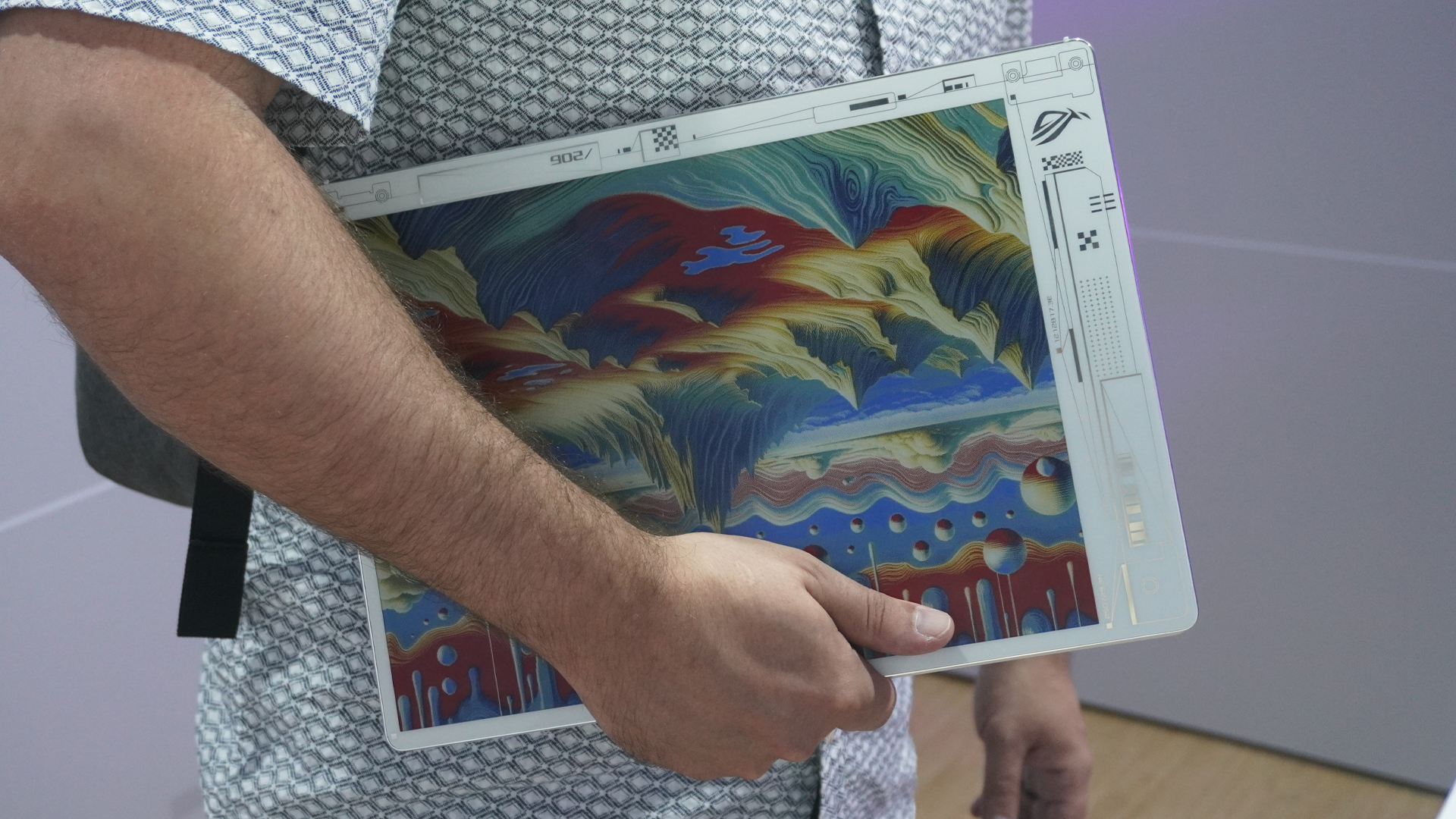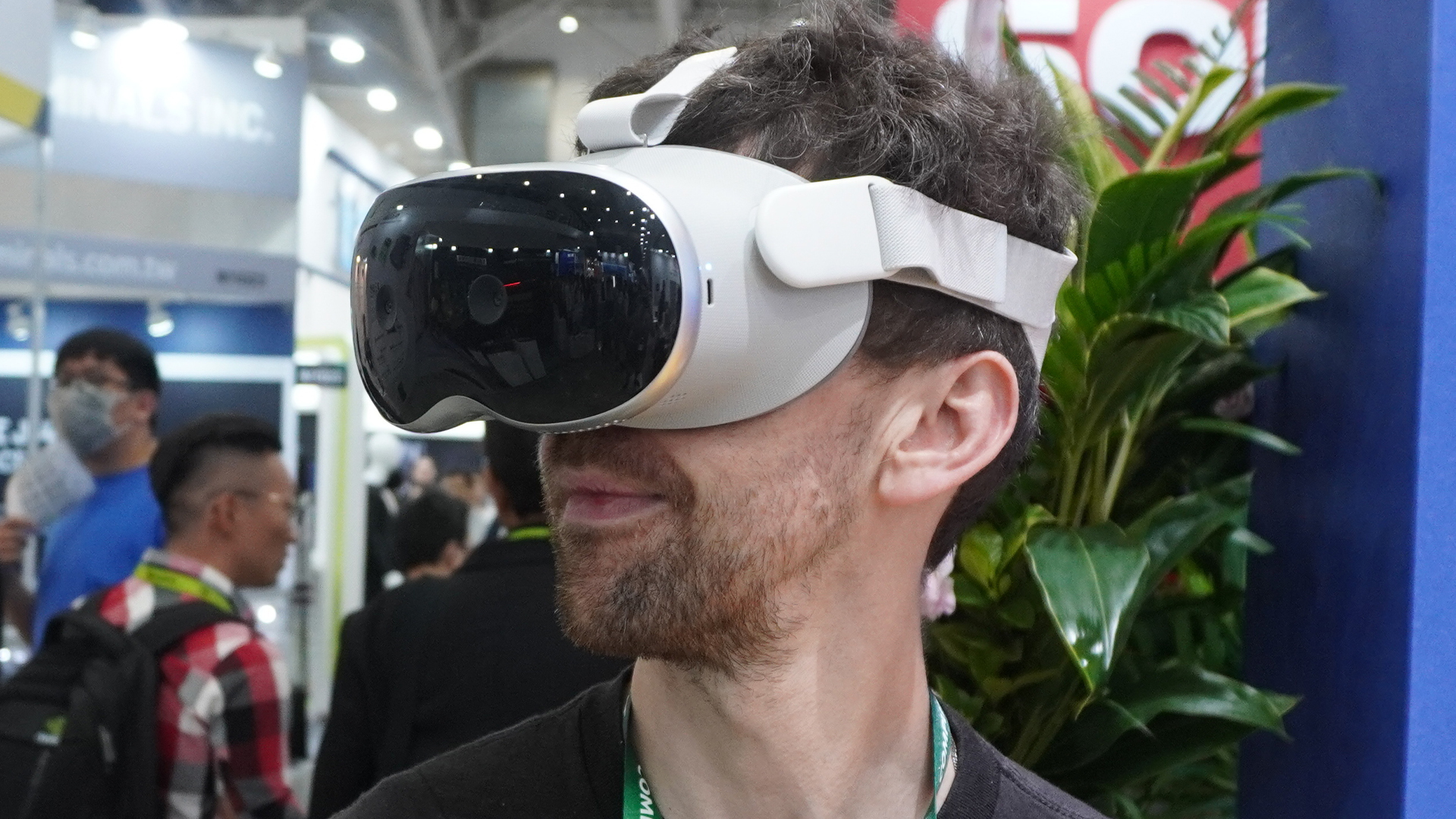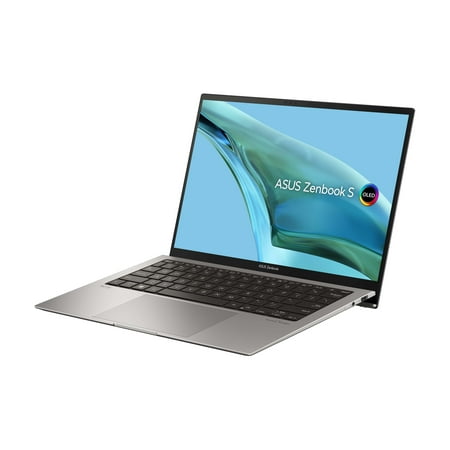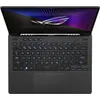Computex 2024 Day 5 — 6 amazing gadgets you need to see
The coolest cutting-edge tech from Computex Day 5

Computex 2024 is wrapping up but our crack computing team is still out in Taiwan doing sterling work. This year’s mega PC event continues to make our collective jaws drop with inspired computing products, and Day 5 at the Nangang Exhibition Center hasn’t disappointed on that front.
Yesterday at Computex Day 4, we couldn’t help but drool over an amazing custom-built desktop that rocks major Fallout vibes, a nifty dual-screen laptop and the world’s first AI QD-OLED monitor. And yes, Skynet is finally starting to take over the world. Better get Arnie on the phone.
Now that we’ve reached the final day of Computex we wish it could last another week, as the show continues to serve up amazing computing kit we know we’ll be dreaming about for months. Read on to get the skinny on Nvidia’s latest AI breakthrough, a slightly ropey headset that is desperate to be the Apple Vision Pro and a truly historic laptop that somehow managed to survive for 600 days in space.
Nvidia Stable Diffusion with RTX

Team Green has been smashing it with AI features for a while now, with its latest RTX cards taking full advantage of machine learning frame generation and the FPS-smoothing bliss of DLSS 3.5. Now it's time for the GPU manufacturer’s latest breakthrough piece of tech to hog the limelight. Enter ComfyUI, an ultra fast image generator that uses a streamlined Stable Diffusion interface that is further sped up thanks to Nvidia’s RTX range of GPUs.
The Nvidia video above shows that this tech can provide an easy way to generate professional-standard headshots, which is cool if you’re an aspiring Hollywood A-lister who is on top of their AI game. Nvidia claims image generation is around 7x times faster than what you’d see with even the latest Apple MacBook Pro, which is certainly an impressive boast. Speeds aside, though, we’re clearly all here just to look at ComfyUI turn our own Jason England into a Green Lantern knock-off.
MSI MEG Vision X AI
Our lovely overlord of PC display tech Anthony Spadafora (actual job title: Senior Editor) sure loves his monitors. It looks like he's now fallen head over heels for the MSI MEG Vision X AI, which is a flagship gaming desktop with a twist. Said twist? Its case rocks a 13.3-inch touchscreen that acts as a second monitor. Let Ant guide you through this unique rig/display combo below...
Pretty neat, right? The fact MSI MEG Vision X AI will use the latest Intel CPU and Nvidia GPU tech when it launches (either late this year or early next) to power its apps and on-screen videos is mightily impressive, too. Though MSI’s quirky desktop is clearly targeting a niche audience, Computex has become the global sensation it is today precisely because of PC products like this.
Sign up to get the BEST of Tom's Guide direct to your inbox.
Get instant access to breaking news, the hottest reviews, great deals and helpful tips.
Adata XPG NIA Gaming Handheld

Good luck, Adata. The company is entering into one of the newest and hotly contested markets in the computing space, now that handheld gaming PCs are some of the best handheld gaming consoles on the market.t Valve still holds its collective crowns thanks to the Steam Deck and Steam Deck OLED, yet it looks like the ROG Ally X has the potential to be the new king.
Thankfully, the XPG NIA is a handheld with several cool tricks up its sleeve. Not only does it sport a tilting screen (which then activates a cooling boost on the little gaming device), it's also the first handheld PC that lets you upgrade both its RAM and storage. You can upgrade the storage on the NIA to 2GB, while memory can be boosted to 64GB.
Powered by AMD's new Phoenix APU, and with a front-facing camera with eye-tracking functionality, this is an ambitious first attempt from Adata. It also feels like it's been designed by H.R. Giger, the legendary late Swiss artist who created the titular Xenomoprh in 1979's seminal sci-fi classic Alien.
Asus Project Dali

Anthony has been seriously spreading the Computex love around today, as he's also fallen for Asus' Project Dali. This concept product allows you to customize the back of your laptop's case either via your own images or through AI-generated designs. The best part? This incredibly cool, utterly unique feature doesn't require any extra battery life to operate.
C'mon, how awesome is that?! Ant succinctly sums up the appeal of Project Dali (which basically borrows the body and internals from the company's incredible ROG Zephyrus 2024), stating that "this is one of the coolest things I've ever seen in a laptop, because everyone can have a fully customizable laptop. It's your laptop. No one is going to have the same design as you. And it's not a case, and it's not a cover, it's not stickers... it's just right there, built-in. You don't have to do anything else."
Well said, Ant.
Asus P6300

The Asus P6300 is a legendary laptop, and the one device in computing history that would get Captain Kirk's official seal of approval. It's now 26 years since the P6300 was sent to the Mir space station, where it was used by cosmonauts during an astounding 600 day intergalactic mission.
When it comes to sheer durability, Asus' pioneering portable PC absolutely bodies the Duracell Bunny. It's great to see the P6300's remarkable achievement get the recognition it so richly deserves on the final day of Computex 2024.
EmdoorVR AppleCore AX162

And last but not least, here's the EmdoorVR AppleCore AX162. Wait a minute... scratch that. Last and "by very much least", we have the EmdoorVR AppleCore AX162. Jason openly admits one of his favorite things about annually attending Computex is that it gives him the chance to test out cheap knock-offs. And make no mistake, this is all-timer of an Apple Vision Pro knock-off.
We'd like to give Emdoor credit for pricing its headset at a little over $300, yet even with the roughly $3,191 savings you'd make opting for the AppleCore over the Vision Pro, we bet you're still going to be disappointed.
Jason describes the build quality as "worse than cheap and tacky", so you're very much getting what you pay for with this cringe-worthy device. Jason also found it thoroughly confusing to use, owing to a combo of Android 8.1 running on the EmdoorVR's Qualcomm SXR1130 chipset, which is the dictionary definition of "bargain basement" quality.
Still, to send this Computex Day 5 recap out on a slightly cheerier note, at least the EmdoorVR's 1884 x 1920 LCD display is actually pretty good. Let's be honest, though: the crew at Cupertino aren't going to be having night terrors over this hugely compromised headset anytime soon.
More from Tom's Guide
- The best laptops — tested and rated
- The best PC games you can play today
- Computex 2024 Day 3 — 8 amazing new gadgets you need to see

Dave is a computing editor at Tom’s Guide and covers everything from cutting edge laptops to ultrawide monitors. When he’s not worrying about dead pixels, Dave enjoys regularly rebuilding his PC for absolutely no reason at all. In a previous life, he worked as a video game journalist for 15 years, with bylines across GamesRadar+, PC Gamer and TechRadar. Despite owning a graphics card that costs roughly the same as your average used car, he still enjoys gaming on the go and is regularly glued to his Switch. Away from tech, most of Dave’s time is taken up by walking his husky, buying new TVs at an embarrassing rate and obsessing over his beloved Arsenal.













